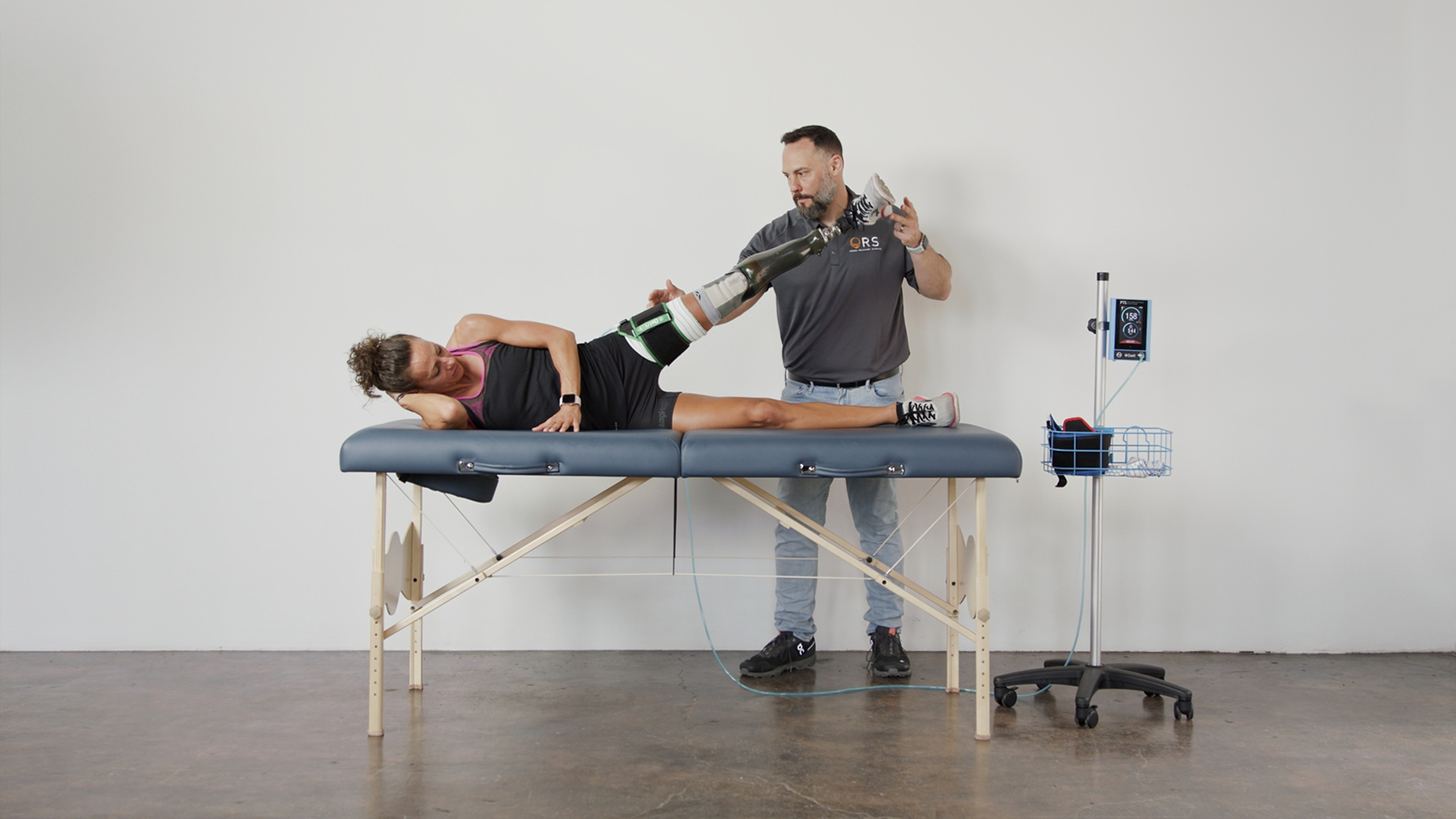Understanding how BFR training affects the peripheral vascular system can be beneficial in clinical settings. Changes in vascular function have been studied sparingly in BFR research, but present as an interesting clinical target. In aging and pathological populations, decreased vascular function can be correlated with decreased muscle function. Zargi et al. demonstrated around a 30% decrease in blood flow to the quadriceps muscle 4 weeks post ACL surgery. Along with the decrease in blood flow, there was a corresponding 50% decrease in muscular endurance. Increases in post-occlusive blood flow or signs of increased capillarity have been shown in multiple BFR studies (Patterson 2011, Hunt 2013, Zargi 2018). A recently published study by Mouser et al. aimed to expand the knowledge on BFR and vascular adaptation by comparing the effectiveness of different pressures for upper and lower extremity.
The authors of this study had 40 individuals complete 16 sessions of bicep curls and knee extension over 8 weeks. There were four groups: light load control (15% of 1RM), light load with low pressure (15% of 1RM with 40% limb occlusion pressure (LOP)), light load with high pressure (15% of 1RM with 80% LOP), and heavy load (70% of 1RM). Vascular conductance for upper and lower body increased in the high pressure and heavy load groups to a significantly greater extent than the low pressure or no pressure groups. Venous compliance changed only in the upper extremity. The methods used in this study match pretty well with a clinical model. The participants performed exercises twice a week with very low load. This appears to provide additional support for 80% pressure in the lower extremity and we may need to increase pressure to 80% LOP for optimal vascular changes in the upper extremity when the loading is very low.
As always, more research is needed to tease out the best parameters across multiple pressures, loads, and populations. However, as more and more BFR research is confirming, personalization of the pressure to the individual, in this case a high personalized pressure, appears crucial to elicit changes across multiple pathways.


